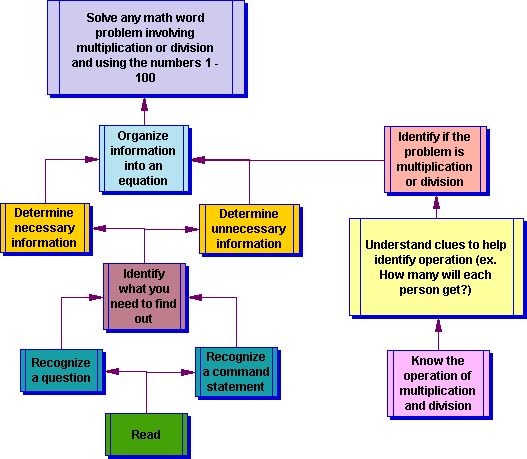Hierarchical Task Analysis
What is a hierarchical analysis?
"A hierarchy is an organization of elements that, according to prerequisite relationships, describes the path of experiences a learner must take to achieve any single behavior that appears higher in the hierarchy" (Seels & Glasgow, 1990, p. 94). Thus, in a hierarchical analysis, the instructional designer breaks down a task from top to bottom, thereby, showing a hierarchical relationship amongst the tasks, and then instruction is sequenced bottom up. For example, in the diagram below, task 4 has been decomposed into its enabling tasks implying that the learner cannot perform the third task until he/she has performed the first and second tasks respectively.

How do I conduct a hierarchical analysis?
The starting point for constructing a hierarchy is a comprehensive list of the tasks that make up a job or function. There are three major steps to constructing a hierarchy:
